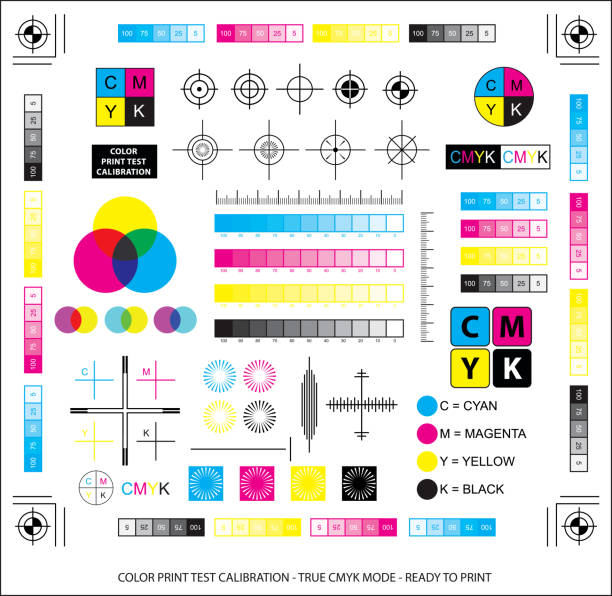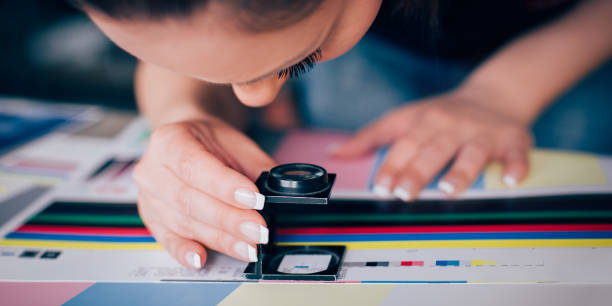Nowadays, our office appliances do more for us than gushing ink for HP cartridges on paper. Many ink HP printers do not just connect to numerous computers simultaneously but can also get remote wireless commands.
With practically every element of our lives attached to the internet, it can be simple to forget that your laptop, computer, and mobile phone are not the only gadgets susceptible to cyber breaches. Our partners at Supplies Outlet recommend security that is available now for such matters.
As plenty of carriers prep for the 5G network, which assures an even faster connection, it’s a great idea to focus on getting your network secured. Like numerous other devices, printing machines connected to your home or office network are vulnerable to cyber hacks, and here are a few of the ways you can secure your network:
How are the devices hacked? Well, it’s a lot easier than you believe! A hacker can use unique programs that scan ports utilized by different machines or other clever devices throughout internet-connected houses. After fetching all potential connections, the hacker then figures out which ports are unguarded, providing them free access to your gadgets and network.
Apart from controlling your gadget remotely, a hack can cause leaks of individual details, identity, or money, depending upon the gadget hacked since all devices connected to your network are assigned distinct ports. And we’re not talking about any of the ports where you insert the printer ink HP, but the electrical ports.

What you can do to secure your appliance and home electronic devices:
Buy a firewall software. A firewall is essentially a program or group of linked programs that limit inbound and outbound network traffic; it frequently runs assessments for vulnerabilities on your network and takes required actions to fix them. Upgrading the firmware running on your device and other smart devices is another way of preventing a cyber hack due to outdated software applications.
Only usage protected ports on your network. Another great way to keep any hacker far from your printing appliance is to restrict your online network to only communicate via specific ports. You could also set up your apparatus to only interact through these ports. For this reason, get rid of any unguarded ports from your system that hackers could utilize as a backdoor.
As reported by Komando, Kaspersky Lab– a security company, advised closing ports 9100, 515, and 721-731 on your gadget. This should not be hard as most user manuals contain a guide on doing this. If you do not have your device’s manual, a quick google search, including its make and model, will surely bring it up.

Use a Virtual Private Network (VPN) to protect your home’s network. VPN means “virtual personal network. “It is a network procedure that enables you to extend your private network safely across the internet. Admins of the private network can safely gain entry to their security systems from anywhere as if they’re directly connected to the private network.
Companies have used this innovation for many years to connect several devices, making them firmly available over the web. As our homes fill up with more smart devices, you should think about connecting your home’s network to a VPN that secures data to and from the web. This includes a much-needed layer of security for your machine and other gadgets linked to your network. Other advantages of VPN consist of;
Hiding your IP address. VPN permits you to hide your IP address to virtually everyone, including your ISP and potential hackers.
Concealing your location. Many VPN services permit you to change your location, making it look like your traffic originates from another side of the globe. VPN enables you to securely utilize public networks (such as in public cafés), guaranteeing your privacy while surfing the web.
Leave your apparatus detached! If you are anything like us, you most likely wish to leave your printer connected to WIFI to rapidly send commands regardless of what room you are working from. However, it would be best if you kept in mind to constantly turn off your device or disconnect it from the network or WIFI when not using it for an extended period of time.
Final word: As hackers discover new methods to exploit susceptible systems, implementing the actions discussed above must keep you a step ahead, ensuring that your network is secured. It is also an excellent concept to stay updated on the subject and adjust accordingly as outdated innovations give way to new and upgraded ones.
Thank you from us, in case you need quality for sale, make sure to visit the linked store.